/PhD Dissertation Review | Reading Time: 5 minutes
Homo Emigraturus
Exploring the Collective Yearning for Migration, The Case of Iran
Omid Asayesh | June, 2025
© Background painting by Sana Zand
ISSN 2818-9434
Although migration has been a significant phenomenon in Iran for a long time, it has become a central factor in explaining the country’s political, social, and economic changes in recent years. The increasing influence of migration on Iranian lives does not inherently arise from a rise in migration rates; rather, it is tied to the growth of a population we refer to as “Homo Emigraturus,” who organize their lives around aspirations and preparations for migration. The findings of this dissertation show that in recent years, a mindset of non-belonging has emerged in Iran: a state of mind in which many people, despite residing in the country, envision their future “somewhere else.” Yet only a small fraction of these individuals ultimately succeed in migrating. Official reports indicate that the desire to migrate in Iran has sharply increased in recent years, reaching nearly 39 percent, while the actual share of Iranian migrants remains under 3 percent of the total population (Iran Migration Observatory, 2022; Ministry of Culture and Islamic Guidance, 2023). The widespread desire to migrate in Iran, combined with severe restrictions imposed by international mobility regimes, has not only led to the emergence of a large population of Homo Emigraturus but has also had significant consequences for Iranian migrants and those who have no intention to leave the country. This phenomenon has also resulted in a decline in social capital and political engagement within the country.
Although this research focuses on Iran, its findings are not limited to the Iranian context and can be extended to many countries across the Global South—places where high aspirations to migrate coexist with significant barriers to international mobility. By expanding the concept of the “culture of migration,” introducing notions such as Homo Emigraturus and anti-migration narratives, and focusing on the contexts of migrant-sending societies, this study opens up space to move beyond Eurocentric frameworks—those that largely concentrate on destination countries and integration policies—and toward a more comprehensive understanding of migration as a global phenomenon.
The study employs a multi-method approach. The qualitative component consists of 71 in-depth semi-structured interviews with Iranians both inside and outside the country, falling into one of four categories: (1) those who aspire to migrate; (2) those who oppose migration; (3) Iranian migrants; and (4) individuals who migrated but later returned to Iran. The quantitative component analyzes the social consequences of the widespread desire to migrate by examining Farsi-language Twitter data using Natural Language Processing (NLP) and Machine Learning techniques.
The findings can be summarized through the introduction of several key concepts and insights:
Homo Emigraturus and Life in Permanent Temporality: One of the central contributions of this study is the introducing the concept of Homo Emigraturus—individuals who live in a constant state of anticipation for migration, often without even finding a real chance to leave. This concept draws attention to a population that has been largely overlooked in migration literature: those caught in the gap between aspiring to migrate and actually being able to do so. This state of “Permanent Temporality” affects various aspects of their lives. Homo Emigraturus shape their educational and professional paths around the possibility of living in another country—a vision that often leads to the accumulation of skills with limited applicability in Iran. Their financial behaviour is geared toward saving for migration, and they tend to avoid long-term commitments such as marriage or having children. This suspended life, which can last for years or even decades and may never culminate in actual migration due to factors like international mobility restrictions, gradually leads to social isolation and withdrawal from civic engagement, while fostering feelings of anxiety, dissatisfaction, disillusionment, and pessimism about the country’s future.
The Culture of Migration and the Rise of Anti-Migration Narratives: Another key theoretical contribution of this study is the elaboration on the concept of a culture of migration. In such a culture, migration is no longer merely a personal choice—it becomes a social norm, or even a perceived obligation. This concept allows for a deeper understanding of the perpetuation of migration aspirations, even in the face of significant structural barriers. The findings suggest that contemporary Iranian society is profoundly shaped by the dominance of a culture of migration, to the extent that almost any individual or collective desire for change tends to be expressed as a desire to migrate. In this context, migration is not just a means to a better future—it becomes an end in itself, a kind of rite of passage. Within such an environment, the emergence of anti-migration narratives is particularly notable. These narratives are often voiced by individuals who, for various reasons, have either been unable to migrate or have chosen to stay. These individuals, facing intense cultural pressure to conform to migration-driven norms, are compelled to reassess their social relationships and seek ways to justify their desire to stay. Over time, this process gives rise to discourses that portray migration as undesirable, unnecessary, or even harmful. These anti-migration narratives frequently draw on themes such as patriotism, anti-imperialism, or ascetic values.
The Culture of Migration and Its Consequences for Migrants and Returned Migrants: Another section of this dissertation explores how the culture of migration shapes the experiences of Iranian migrants. It reveals how the widespread influence of this culture within Iran has affected the processes of settlement and integration in destination countries. Within such a context, many individuals seize any opportunity to leave the country, often without adequate preparation, a clear understanding of their destination, or realistic expectations about the challenges of migration. In this atmosphere, migration is perceived as inherently desirable, regardless of circumstances, and is pursued with little regard for its potential hardships. These decisions frequently lead to a range of difficulties for migrants, impacting not only their personal lives but also the broader Iranian diaspora. Return migration presents its own set of challenges in this context. Apart from the fact that return migration is costly, in a social climate where the culture of migration prevails, returning is often viewed as a sign of “failure” and carries a significant social stigma. Those who do return may benefit from a degree of symbolic capital due to their time abroad, but they also face labels such as “unsuccessful” or “failed.” This lack of social acceptance can reinforce anti-migration narratives among returned migrants and, in some cases, drive them to consider re-migration.
The Culture of Migration and Social Movements: Ultimately, this dissertation explores the interplay between the culture of migration and social movements, illustrating how a widespread desire to emigrate can profoundly influence broader social dynamics. Focusing on the “Woman, Life, Freedom” movement in Iran and analyzing Twitter data, the study finds that collective migration aspirations and social movements often operate as opposing forces: when one gains momentum, the other tends to weaken. Discourse analysis of post-movement online conversations reveals that the widespread desire to leave the country cannot only hinder the emergence of collective mobilizations but also hasten their decline if they do occur. In this sense, the culture of migration casts a shadow not only over individual futures but also over the very possibility of collective action, where the hope of leaving replaces the dream of change.
The findings of this study, which have received considerable recognition, including awards from both the Japan Sociological Society and the American Sociological Association, offer two key innovations. First, the research presents a new theoretical framework for understanding the impacts of widespread migration aspirations under severe international mobility restrictions, which are increasingly affecting many countries across the Global South. Second, its findings about Iran reveal that migration has become a central element of everyday life for many Iranians, to the extent that any sociological analysis of the country would be incomplete without accounting for this dimension. The results of this study will soon be published in book form.
References
Iran Migration Observatory. (2022). Iran migration outlook 2022. https://imobs.ir/outlook/detail/22
Ministry of Culture and Islamic Guidance. (2023). The National Survey of the Values and Attitudes of Iranians, The Fourth Wave

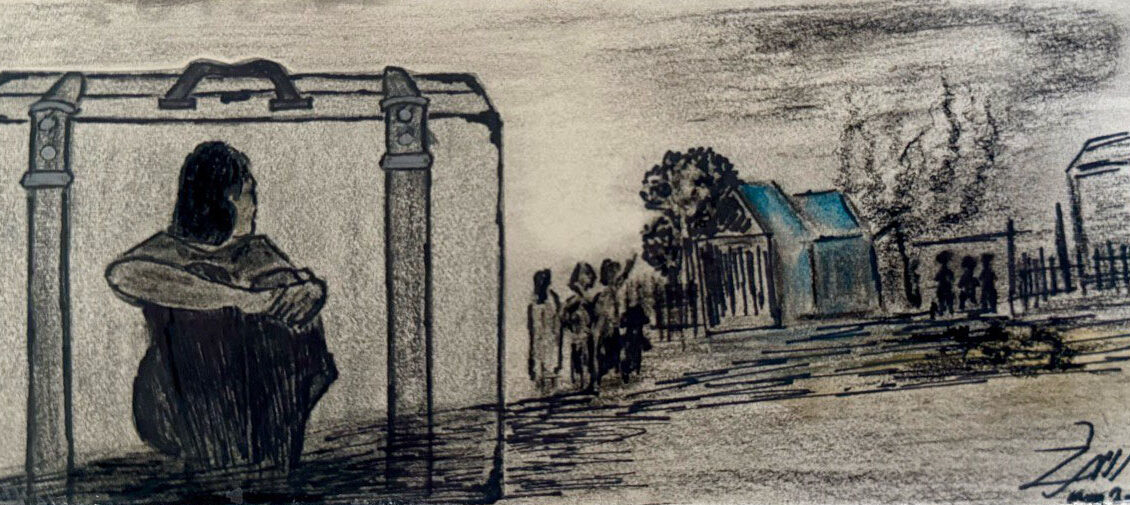

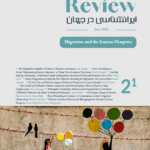

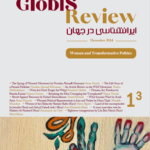
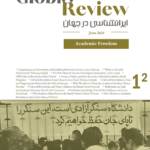

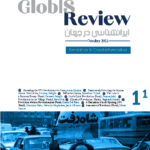
Comments are closed.